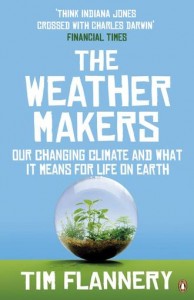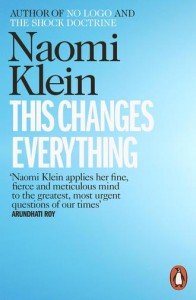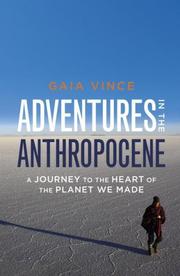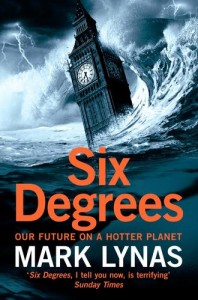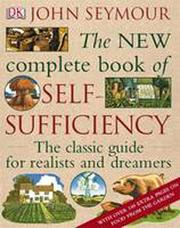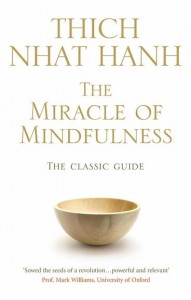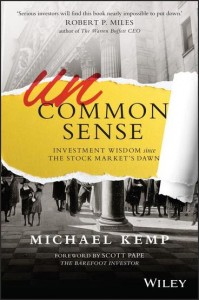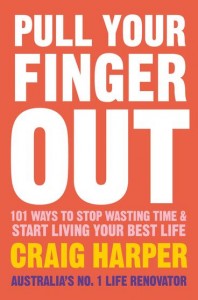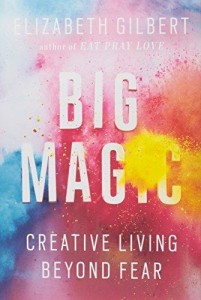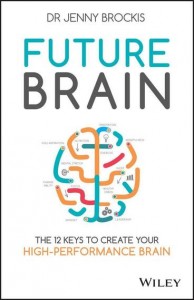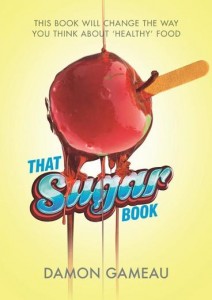Part of sifting back through the last year is looking at the books you read, the music you loved and the movies that made their mark over the previous 12 months. They all had a part to play in shaping your year.
Looking back, you can identify the different years of your life by what you were reading at the time. Here are some standouts:
1996 – Bridget Jones’s Diary by Helen Fielding
2000 – Harry Potter and the Goblet of Fire by J.K. Rowling
2006 – It was a bumper year of Eat, Pray, Love by Elizabeth Gilbert and The Boy in the Striped Pyjamas by John Boyne
2011 – Fifty Shades of Grey by E.L. James
2014 – The Martian by Andy Weir
In the spirit of reflection, here is a snapshot of what the Booko team loved reading this year and why.
Karen ’s pick is How to be a Heroine: or, What I’ve Learned from Reading Too Much by Samantha Ellis

I stumbled upon this book at my local library and I am so glad I did. Samantha Ellis is a British playwright from an Iraqi-Jewish family. After a heated debate with her best friend about Cathy Earnshaw (Wuthering Heights) vs Jane Eyre as the perfect heroine, Samantha decides to revisit all of the literary heroines who have influenced her approach to life and love. Her critical re-readings of these favourite books – including Anne of Green Gables, Gone with the Wind, The Bell Jar, even Shirley Conran’s Lace – results in mixed feelings including delight, awe, even anger and sadness. How to be a Heroine is an original and unusual book that is part memoir, part bibliography and part literary analysis. For me this is life instruction, reading list as well as a friend – what she has done seems exactly like what I should be doing, and I am looking forward to developing my own views about these books (as well as revisiting my own literary heroines). Her attempts at finding her place within and beyond her tight-knit community really resonates with me as well.
Renae’s pick is A Brief History of 7 Killings by Marlon James

The Brief History of Seven Killings is, to be perfectly honest, the only book that I have read this year. This is a slightly disappointing effort reading-wise but to be honest, by the time I get to bed, I am only able to read 2-3 pages before I’m asleep. Anyway, I digress –
I selected this book based solely on the fact that it won the Man Booker prize. I assumed that it must be good. And it is. Based on the attempted assassination of Bob Marley in the late 1970s, this book is a fictional account of that time. While the seven assumed assassins were never apprehended, this book is about James imagining their stories. Part of what makes this book great is that there are a range of different voices, namely witnesses and bystanders. The Brief History of Seven Killings is like taking a step back in time to this period, in all its raw and at times, very violent history.
Riina’s pick is Lost & Found by Brooke Davis

It was the very start of the year and I was heading on my first overseas trip by myself since having children. I had been so busy making sure everything was planned, organised and prepared for the family while I would be away, that I had neglected to pack myself a book (out of the big pile of unread or half-read books on my bedside table). So I browsed the airport bookshop for something light to enjoy on the 23-hour flight. I picked Lost & Found by Brooke Davis, seeing as it was a book I had seen popping up on the most clicked list on Booko.
To be honest I thought it would be a light read that I might or might not finish. Instead I found it to be un-put-downable and surprisingly thought-provoking. Being half a world away from my family, I found the distance paired with the themes introduced by Lost & Found allowed me to evaluate my life, love and future in a way I had never before. I came home with visions and goals for myself, our family and relationships in general.
It is debatable whether it was the trip itself or the book that changed me, but Lost & Found was definitely an integral part of changing me in 2015.
Marie’s Pick is The Life-Changing Magic of Tidying Up: The Japanese Art of Decluttering and Organizing by Marie Kondo.

I am a minimalist at heart and nothing excites me more than clean spaces with room to breathe. However, with two small children in my house there regularly seems to be a mounting collection of ‘treasures’ that I am almost positive we don’t need to keep. I found this book just as it was becoming a social media sensation and a regular ‘most clicked’ on booko.
I was hooked from page one, and when I gave it a go at home, I felt lighter, happier and the house was brighter…and we didn’t really even have much clutter to begin with! Nevertheless I ended up with 3 car loads of goodies for the charity store, copious bags filled for recycling and a few for the bin man.
This #1 New York Times best-selling guide to tidying your home is not only a game changer, it’s life changing! Japanese cleaning consultant Marie Kondo offers readers a step-by-step guide through the KonMari Method enabling an easy way to simplify, organise, and store. In a nutshell, if an item doesn’t spark joy in your home, it shouldn’t be there and that goes for clothes, trinkets, photos, make up and old copies of bills (but who would want them anyway).
Be warned – it’s not for the faint hearted, and once you start you will not want to stop. I still use Kondo’s tips daily. Oh and I recommend buying the e book – you’ll know why when you have finished it.
Dan’s pick is The Martian by Andy Weir

In writing this post, I’m confronted with the uncomfortable truth that I’ve only read two books this year: Ready Player One which I enjoyed and The Martian which was excellent. I was inspired to read The Martian by Randall Munroe’s comic. The Martian is a great for plenty of reasons but its path from idea to publishing stands out for me.
The Martian began almost as a serial, published online for free, a chapter at a time and was altered and corrected based on audience feedback. At the request of his readers, Andy made a Kindle version available and due to the way Amazon have set up publishing on the Kindle, he had to sell the book for the minimum price of $0.99. Within a month, more people had bought the Kindle edition, than had downloaded the free version. This feedback loop of creation and improvement is analogous to how much of the worlds free software is written and I found it fascinating that this model could be used to help write a book.
Once the book hit the top #10 in a few categories, its rise was meteoric. Random House approached Andy to publish the print version and in the same week as signing that deal, he’d signed the movie deal with Fox. This interview with Adam Savage is well worth watching.
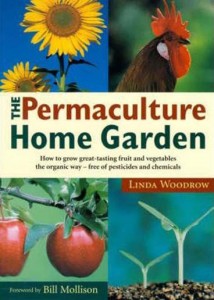 Small-scale organic living is very much the focus of Linda Woodrow’s The Permaculture Home Garden. The author combines traditional common sense with the science of permaculture to show how people can transform their gardens into sustainable food gardens.
Small-scale organic living is very much the focus of Linda Woodrow’s The Permaculture Home Garden. The author combines traditional common sense with the science of permaculture to show how people can transform their gardens into sustainable food gardens.












 First Day
First Day



 Pea’s Book of Best Friends
Pea’s Book of Best Friends







